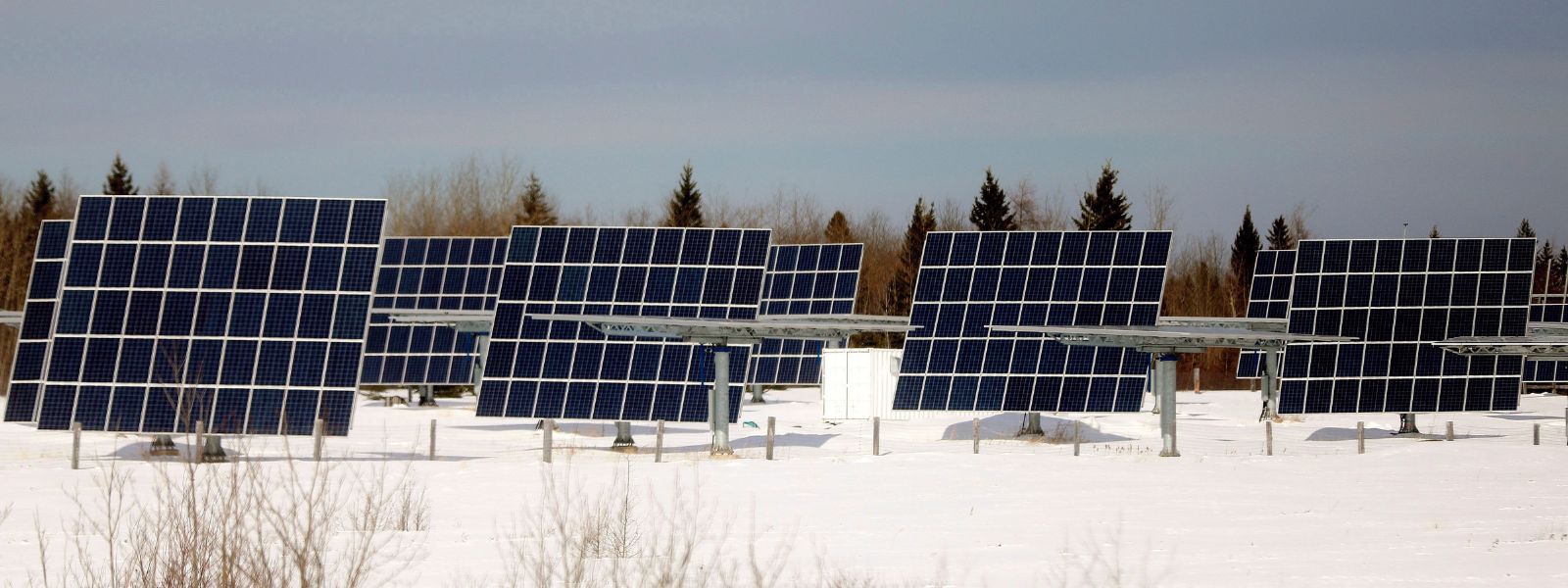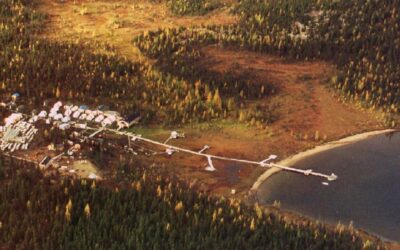Budget 2023 recognizes the transformational opportunities for Canada as governments, technology, and markets respond to climate change. The budget presents a “made-in-Canada” plan consisting of a smart mix of carbon pricing, tax credits, strategic finance, and targeted programming to mobilize private capital for the clean economy of the future.
But that’s not enough to get shovels in the ground.
In order to ensure these climate investments pay off, governments at all levels need to find ways to speed up impact assessment and permitting processes for clean growth projects while simultaneously respecting Indigenous rights and title, and broader sustainability objectives.
It’s time to build, and fast
The world is quickly assembling the essential building blocks for a net zero economy that can compete with incumbent systems.
Since 2020, solar has offered some of the lowest-cost ways to generate electricity, and continues to get cheaper. Electric vehicles are now less expensive than their gas-powered equivalents on a lifecycle basis. And hydrogen produced from clean electricity is likely to be cost competitive with its fossil gas-derived alternative within the next decade.
However, the scale of the challenge is enormous. To create the net zero economy of the future, we need everything from transmission lines to critical mineral mines. Looking just at critical minerals, demand is expected to increase by as much as six times by 2040 compared to today as they are essential inputs for solar panels, batteries, wind turbines, and many more clean technologies.
Within this global context, Canada doesn’t have the luxury of time. First, there’s a narrow pathway for Canada to meet its 2030 climate goals. Rapidly building out clean growth infrastructure is essential for success. Second, there are significant competitive pressures adding to the sense of urgency. Canada is competing against the rest of the world to attract capital and talent to its shores in the race to build the global clean economy.
For critical minerals, there’s a more precise deadline for Canada to meet. The U.S. Inflation Reduction Act introduces a tax credit for electric vehicles that source materials from U.S. trading partner countries (i.e., including Canada), but that provision sunsets in 2032. To take advantage of this opportunity to supply the American auto market, Canada needs to scale-up production faster.
Unfortunately, there’s a problem: it’s hard to build things in Canada.
What’s standing in the way
Impact assessments and permitting are major bottlenecks for project development in Canada.
Government estimates show that it takes about 12-15 years on average to build a new mine in Canada. Building a facility to process ores and produce battery active materials could take 7 years.
The causes of these lengthy timelines are numerous. The need to complete multiple, and often repetitive, impact assessment and permitting processes across multiple orders of government is often a hindrance. As is the limited capacity of regulators and assessment agencies to process the volume of applications they receive—a problem that will only get worse as the number of prospective clean growth projects increases.
Furthermore, the potential for political intervention in regulatory assessment processes drives uncertainty which deters investors and harms the bankability of clean growth projects. Uncertainty also arises from the ongoing legal challenge to Canada’s legislation governing project assessments (the Impact Assessment Act, formerly known as Bill C-69) and the persistent opposition to the Act from many industries, provinces, and political parties.
Smart regulation, not deregulation
Collectively, these project assessment frictions could hold Canada back from playing a leading global role in providing the materials and technology needed to power the energy transition.
Yet, the imperative to fix the glacial pace of project assessments and permitting cannot become cover for cutting regulations across the board. Canadian governments have socioeconomic responsibilities to people and communities across Canada as well as legal and moral responsibility to Indigenous Peoples and the environment. Moreover, rigorous regulatory standards and ESG records are increasingly becoming necessary to attract economic investment. Securing a social license to operate is now a vital prerequisite for project success.
The needle that needs threading is this: regulatory bottlenecks must be resolved, but without generating significant adverse environmental and socioeconomic impacts nor infringing on the sovereignty and rights of Indigenous Peoples. Clean growth projects should only be going ahead with the consent and partnership of Indigenous Peoples and should be providing net benefits to the local environment and communities.
Also—not every new project being proposed should get built. In some cases, a project may create too many adverse impacts, offsetting the benefit it could provide. A project may also lack the support of the sovereign Indigenous communities on whose lands the project would operate. In such a situation, a project cannot proceed.
The Impact Assessment Act works hard to advance meaningful consultation and partnership with Indigenous Peoples while creating more safeguards to protect our natural environment. But that’s not to say that the Act’s implementation can’t be improved to better thread this needle. Doing so is essential to building clean growth projects at the pace necessary for Canada to become a leader in the global clean economy.
“Getting Major Projects Done”
These complex tradeoffs are clearly on the minds of governments and policy makers and are an area of research that the Institute’s clean growth team is starting to dig into.
Beyond the various tax incentives and policies to catalyze investment in the clean economy, Budget 2023 also promises to provide a “concrete plan to improve the efficiency of the impact assessment and permitting processes for major projects,” due later this year.
Reducing regulatory frictions is the next key challenge for Canadian governments.
Clean growth projects need to get built faster; that much is clear. But doing so means streamlining project assessment and permitting processes across multiple orders of government, including Indigenous governments, while ensuring transparency and predictability. Ultimately, the goal is to efficiently render a decision on if and how a project can proceed that balances costs and benefits. It’s a tall order, but Canada’s energy transition is counting on getting this right.








